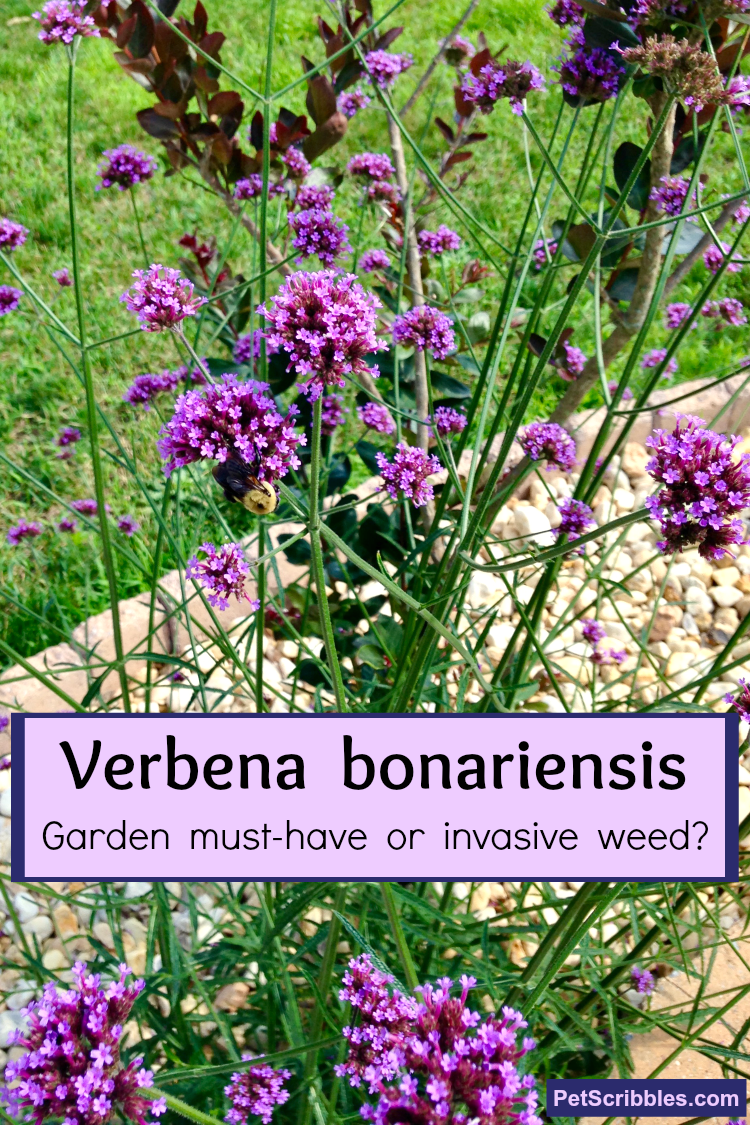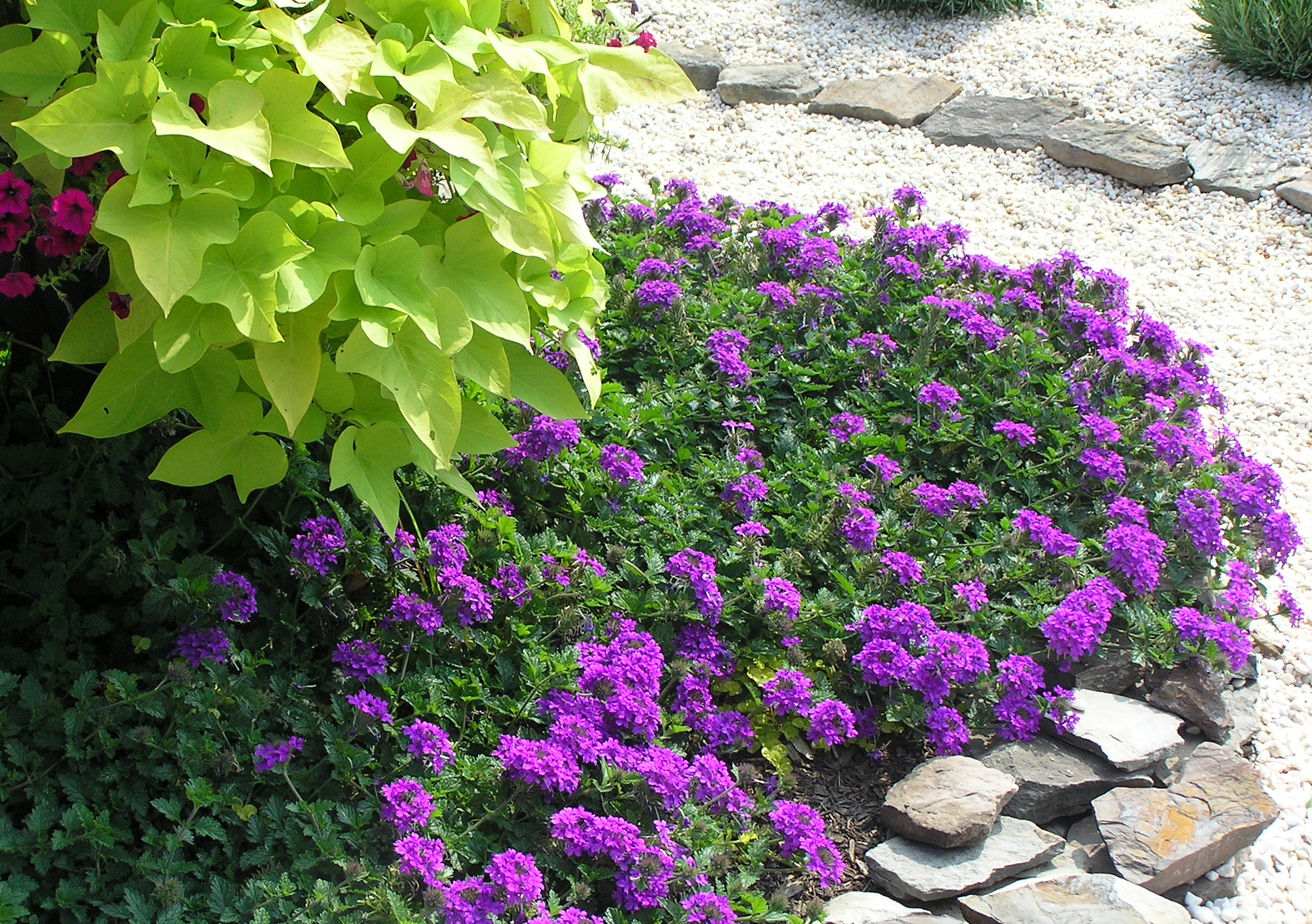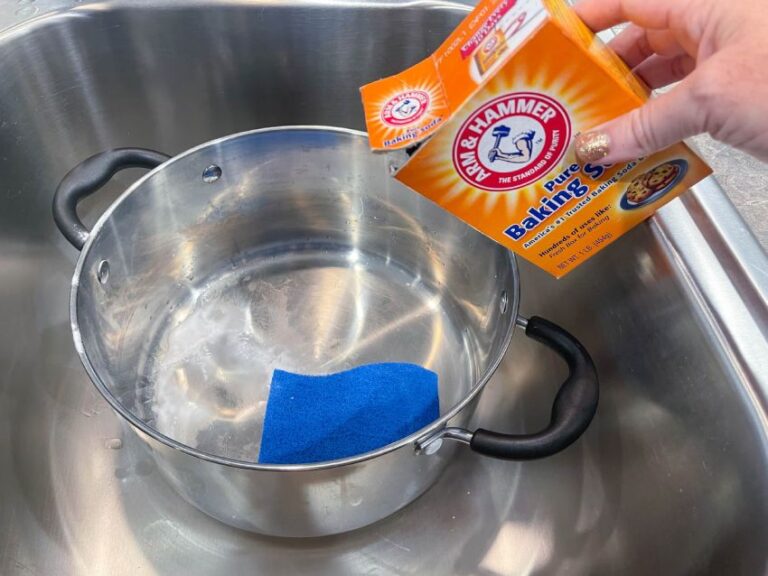Do Verbena Spread?
Verbena is a genus of flowering plants native to Europe, Africa, and Asia. Verbena has a long history of use in herbal medicine and has been used for a variety of ailments including headaches, digestive issues, and skin conditions. Verbena can be propagated by rooting cuttings and division, and they are often used as a ground cover or edging plant. Verbena plants are also popular in containers and hanging baskets due to their trailing habit. In addition, Verbena can spread through underground stems and runners, known as stolons, making them an ideal choice for filling in bare spots in the garden.
What is Verbena?
Verbena, also known as vervain, is an herbaceous perennial flowering plant that belongs to the Verbenaceae family. Native to Africa, Asia, Europe, and North America, verbena plants are known for their showy flowers, which come in shades of pink, purple, blue, white, and yellow. The flowers of verbena are often used in cut flower arrangements, and the leaves are known for their medicinal properties. But do verbena spread?
Yes, verbena plants do spread when they are grown in the right conditions. In fact, they are considered to be a very hardy plant that can easily become invasive in some areas. Verbena plants prefer a sunny spot with well-draining soil and can tolerate drought conditions. If given the right environment, verbena plants can spread quickly, sending up new shoots and producing a lot of flowers.
In order to prevent verbena plants from spreading too much, it is important to deadhead the spent flowers. This will help keep the plant from going to seed, which will help keep its growth in check. Additionally, verbena plants can be divided every few years, which will help keep them from spreading too far and wide. Following these simple steps will help ensure that your verbena plants remain healthy and beautiful.
The Benefits of Verbena
Spreading
Verbena is a popular flowering plant that has numerous benefits, both aesthetic and practical. Its delicate blooms and vibrant colors make it a great choice for any landscape. But did you know that verbena can also spread and create a stunning display of beauty? Yes, it can! Verbena spreading can be done in a variety of ways, and it has many advantages.
Verbena spreading can be done through division or through seed. Division is the most common method, as it is relatively easy and quick. With division, you can literally break off pieces of the plant with your bare hands, and then replant them in another location. This works best for plants with shallow roots. Seed propagation is more complicated but is a great way to start a new verbena plant from scratch.
The benefits of verbena spreading are numerous. It helps to fill in bare spots in a garden and creates a stunning display of color and texture. It also helps to control the spread of weeds and can help to overcrowd weeds that are already present. Verbena spreading can also help to produce more blooms, as it will help to promote healthy new growth. Finally, it is a great way to propagate a new plant if you don’t have the space or resources to start one from scratch.
Verbena spreading is a great way to add beauty and color to your garden and can be done in a variety of ways. Whether you choose to divide or sow your verbena, the benefits are numerous and can help create a stunning display of color and texture.
How to Plant Verbena
to Maximize Spread
Verbena, a genus of perennial flowering plants, can add brilliant hues to any garden or landscape. Whether you have a large garden or a small balcony, planting verbena can be a great way to add a splash of color to your outdoor space. To maximize the spread of verbena, it is important to understand the basic principles of plant propagation.
First, it’s important to choose the right location for your verbena. Verbena thrives in full sun and fertile soil, so choose an area of your garden that receives plenty of sunlight and is well drained. Once you’ve chosen the right location, prepare the soil for planting. Dig a hole twice the size of the root ball of the verbena, then fill it with a mixture of compost and soil.
Once the soil is ready, it’s time to plant the verbena. Place the root ball in the hole and fill the soil around it, then give the plant a good watering. To encourage the spread of verbena, you can propagate it through cuttings. Take a cutting from the parent plant, dip the cutting in rooting hormone, and plant the cutting in a pot filled with soil and water.
Verbena can also be spread through layering. To do this, select a stem near the base of the plant and bend it down to the ground so that it makes contact with the soil. Cover the stem with soil and water, and it will eventually take root and form a new plant.
By understanding the basics of verbena propagation, you can maximize its spread and create a stunning display of vibrant color in your garden. Give your verbena the right environment, and it will reward you with a beautiful display of blooms.
How to Care for Verbena
?
Verbena plants can be an excellent addition to any garden, as they provide a stunning array of vibrant colors and an exotic fragrance. But, in order to get the most out of your Verbena plant, proper care is essential. As with any plant, Verbena require a certain amount of sunlight, water, and nutrients. To begin, Verbena should be planted in an area with ample exposure to the sun. This will ensure that the plant receives the required amount of light to grow and thrive. Additionally, Verbena require regular watering, usually on a weekly basis or when the soil is dry to the touch. Lastly, it is important to fertilize Verbena plants at least twice a year to ensure that they are receiving the necessary nutrients. With proper care, Verbena can not only survive, but thrive in any garden.

Pests and Diseases of Verbena
Verbena is a popular flowering plant that is known for its beautiful, fragrant blooms. Unfortunately, this beloved plant is susceptible to a variety of pests and diseases. Some of the most common pests and diseases of verbena are aphids, spider mites, powdery mildew, and root rot. Aphids and spider mites both feed on the sap of the plant, causing discoloration and stunted growth. Powdery mildew is a fungal disease that causes a white, powdery substance to appear on the leaves and stems of the plant. Root rot is caused by overwatering and can cause the plant to become wilted and discolored.
While these pests and diseases can be damaging to verbena, there are ways to prevent or reduce their impacts. Proper watering and fertilization are essential to the health of the plant, while also providing a deterrent to pests and diseases. Regularly inspecting the plant for signs of infestation or disease is also important, as catching a problem early can help reduce damage. Finally, pruning can help keep pests and diseases to a minimum, as it eliminates places where they can hide and feed.
Verbena is a beautiful flowering plant that can bring life to any garden, but it is important to remember that it is susceptible to pests and diseases. Taking steps to prevent and reduce their impact is key to keeping verbena healthy and thriving.
Preparing Verbena for Winter
Verbena is a hardy perennial that can be found in many gardens. But while it is a resilient species, it does require some preparation in order to survive the winter months. In this blog post, we’ll discuss the steps you should take to ensure your verbena survives the cold weather.
The first step is to provide your verbena with plenty of moisture. Before the cold weather sets in, make sure you water your verbena frequently. This will help it store enough moisture to last through the winter. Additionally, mulching your verbena with straw or leaves will help to protect its roots from the cold.
Next, you should prune your verbena to get rid of any dead or damaged branches. Pruning will also help to open up the plant, allowing air to circulate around it. This will prevent the growth of mildew and other diseases.
Finally, you can apply a layer of fertilizer to your verbena in the fall. This will give it an extra boost of nutrients that will help it survive the winter months.
By following these steps, you can ensure that your verbena survives the winter and enjoys a full bloom the following spring. With a little preparation, you can enjoy the beauty of verbena in your garden for many years to come.
Uses of Verbena
Verbena is a flowering plant that is often used to add color and texture to gardens and landscapes. It is an easy-to-care-for perennial that can be grown from seed or purchased in full bloom. But did you know that verbena also has many practical uses?
Verbena has been used traditionally by many cultures for medicinal purposes and as a natural insect repellent. Verbena leaves can be dried and used as a tea to treat headaches, indigestion, and insomnia. Verbena also has antiseptic properties and can be used as a topical remedy for minor skin irritations.
Verbena is also an effective natural insect repellent. The essential oils in the leaves can help to repel mosquitoes, ticks, and other pests. Verbena can be made into a spray or dried and burned as an incense to help ward off insects.
Verbena is also used in cosmetics and perfumes. The fragrant essential oils of verbena are often used in lotions and other beauty products to help soothe and relax the skin. The oils are also used to make perfumes and fragrances.
In addition to its medicinal and insect-repelling properties, verbena is also known for its beautiful flowers. The delicate blooms of verbena come in a variety of colors and sizes, adding a splash of color to any garden. Verbena is also a great choice for container gardens, requiring minimal care and attention.
From medicinal to pest repellent, to aesthetic, verbena is a versatile and useful plant that can be used for a variety of purposes. Its bright and cheerful flowers make it an ideal addition to any garden or landscape.
Summary and Conclusion
Verbena is a fast-growing and resilient perennial that can be found in many gardens. While it can spread quickly and become invasive if not kept in check, it can also be used to great effect in the garden, providing color and texture to any landscape. To do this, however, it must be managed properly. Regular pruning and trimming can help to contain its growth, while allowing for the desired aesthetic effect. With regular maintenance, verbena can be a great addition to any garden, providing structure, color, and texture.
FAQs About the Do Verbena Spread?
Q. Does Verbena Spread Easily?
A. Yes, Verbena is a fast-growing groundcover and will spread quickly to fill in a space.
Q. How Far Does Verbena Spread?
A. Verbena can spread up to 3 feet in diameter.
Q. Are There Any Special Care Needs for Verbena?
A. Verbena needs plenty of sun and regular watering to thrive. It may need to be trimmed back occasionally to keep it from spreading too far.
Conclusion
In conclusion, Verbena does spread, but not as quickly as some other plants. It requires a bit of effort to manage it, as it can become invasive if not monitored. It also needs regular pruning and deadheading to keep it in check, and it is best grown in well-drained soil in full sun. With proper care, Verbena can be a beautiful addition to any garden.






